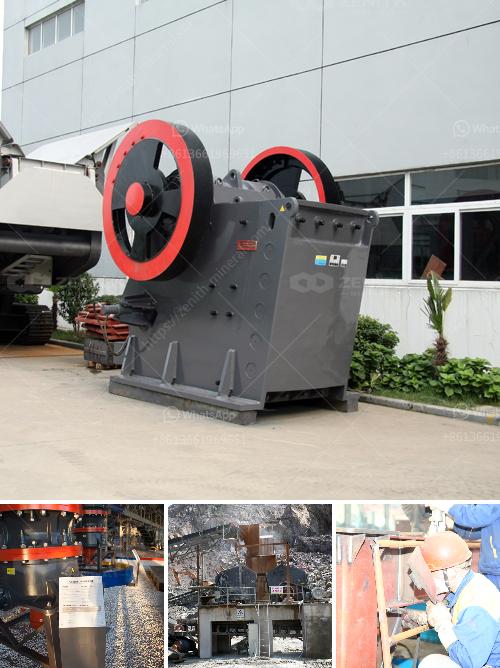Running a crushing plant involves a series of steps and requires careful planning and management to ensure maximum efficiency, safety, and productivity. Here's an outline of key steps to consider:
1. Planning and Design
- Site Selection: Choose a location that minimizes transportation costs and environmental impact.
- Layout Design: Plan the layout for efficient material flow, appropriate space for equipment, and compliance with regulatory requirements.
- Equipment Selection: Select the right types of crushers (jaw, cone, impact, etc.), screens, conveyors, and other necessary equipment.
2. Regulatory Compliance
- Permits and Licenses: Obtain necessary permits and licenses from local, state, and federal agencies.
- Environmental Impact Assessment: Conduct studies to assess and mitigate the environmental impact.
3. Setup and Installation
- Foundation Preparation: Prepare strong and stable foundations for the heavy equipment.
- Erecting Equipment: Install the crushing equipment, conveyors, and screens as per the designed layout.
- Wiring and Plumbing: Set up electrical connections and plumbing necessary for operation.
4. Safety Measures
- Training Programs: Train workers on safety protocols and the correct usage of equipment.
- Safety Gear: Provide personal protective equipment (PPE) such as helmets, safety glasses, and gloves.
- Emergency Procedures: Establish and train staff on emergency procedures and conduct regular drills.
5. Operational Procedures
- Material Loading: Plan the sequence for loading raw materials into crushers.
- Crushing Process: Monitor and adjust settings (such as crusher gap) to achieve the desired product size.
- Screening and Sorting: Use screens to separate crushed material into different size fractions.
- Material Transport: Use conveyors to move materials through each stage efficiently.
6. Monitoring and Maintenance
- Routine Inspections: Perform regular equipment inspections to detect and fix issues early.
- Preventive Maintenance: Schedule regular maintenance activities to ensure equipment longevity and efficiency.
- Record Keeping: Maintain detailed logs of operational data and maintenance records.
7. Quality Control
- Sampling and Testing: Regularly sample and test crushed material to ensure it meets quality standards.
- Adjustments: Make necessary adjustments to the crushing process based on test results.
8. Waste Management
- Dust Control: Implement dust control measures such as water sprays and enclosures.
- Waste Disposal: Properly manage and dispose of waste materials as per local regulations.
9. Continuous Improvement
- Performance Monitoring: Use key performance indicators (KPIs) to monitor efficiency and productivity.
- Feedback Loop: Gather feedback from workers and supervisors to identify areas for improvement.
10. Compliance and Reporting
- Regulatory Reporting: Regularly submit operational reports as required by regulatory authorities.
- Environmental Reporting: Monitor and report environmental impact metrics.
By systematically following these steps, you can run a crushing plant effectively, ensuring operational efficiency, safety, and compliance with legal and environmental regulations.

